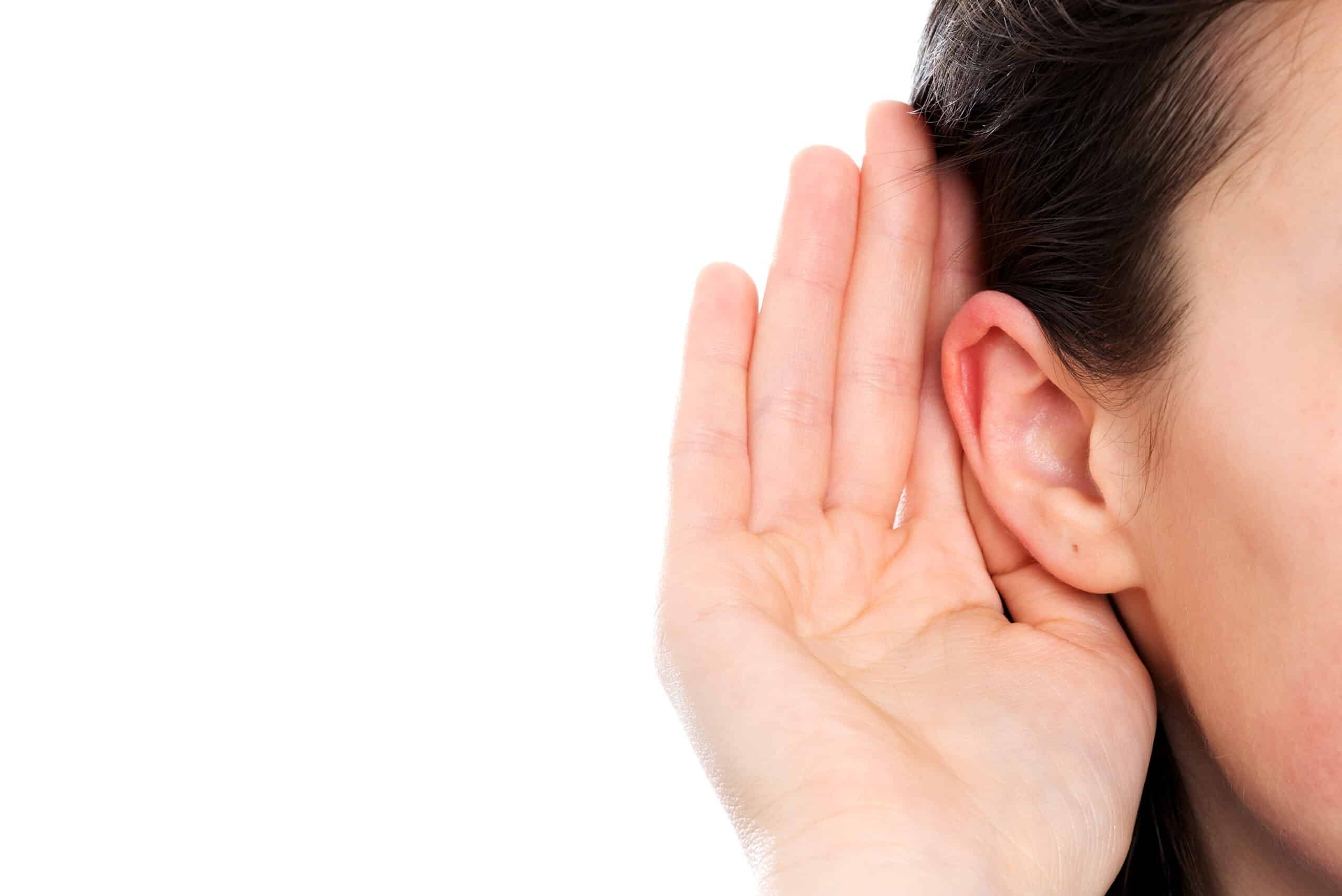Hearing loss has broad health impacts, but professional hearing aids are expensive and require multiple visits to otolaryngologists and audiologists for tuning. These factors lead to major barriers for many to access professional hearing aids. One estimate suggests nearly 75% of people with hearing loss in the United States do not use hearing aids.
“There’s also a social stigma associated with hearing aids,” says Yen-fu Cheng, the study’s corresponding author and an otolaryngologist at Taipei Veterans General Hospital. “Many patients are reluctant to wear them because they don’t want to appear old. So, we started exploring if there are more accessible alternatives.”
Apple came out with a feature called “Live Listen” in 2016 that allows people to use its wireless earphones, AirPods, and iPhone for sound amplification. The feature makes AirPods functionally similar to a personal sound amplification product, which is designed for people with normal hearing for certain occasions like birdwatching.
Cheng and his team wanted to investigate whether AirPods, which are widely available devices, can serve as alternative hearing aids. The team compared Airpods 2 and AirPods Pro — the model with a noise canceling feature — with a type of premium hearing aids and a basic pair of hearing aids. The premium hearing aids cost $10,000, and the basic type cost $1,500. Both models of AirPods are significantly cheaper than hearing aids, with AirPods 2 costing $129 and AirPods Pro costing $249. Notably, AirPods Pro met four out of five technology standards for hearing aids.
The team tested the four devices with 21 participants with mild to moderate hearing loss. The researchers read a short sentence, such as “the electricity bills went up recently,” to participants, who were asked to repeat their words verbatim wearing the devices. They found AirPods Pro performed similarly well compared with basic hearing aids in a quiet environment and is slightly inferior to premium hearing aids. AirPods 2, while having the lowest performance among the four, helped participants hear more clearly compared with wearing no hearing aids.
In a noisy environment, AirPods Pro showed comparable performance to premium hearing aids when the noises came from the lateral direction of the participant. But when the noises came from the front of the participants, both AirPods models failed to help participants hear better.
“Two reasons may account for the difference between the two scenarios,” says Ying-Hui Lai, the study’s co-author and a bioengineer at National Yang Ming Chiao Tung University in Taipei. “It may relate to the trajectories soundwaves travel with, as well as the advanced signal processing algorithm by premium hearing aids. This finding will hopefully inspire engineers to design hearing aids and personal sound amplification products that are more sensitive in certain directions.” He adds that AirPods Pro appears to perform better than AirPods 2, likely because of its noise-canceling feature.
“Globally, the wireless earphone market is growing rapidly. Some companies are interested in exploring the possibility of designing earbuds with sound amplification features. Our study proves that the idea is plausible,” Lai says.
As a clinician, Cheng says persuading patients to use hearing aids is often challenging. “These wireless earbuds are of course not perfect, but they would be a good starting point for many patients who don’t have access to professional hearing aids. They will see an increase in quality of life even with these earbuds.” Cheng says.
This work is supported by Veterans General Hospitals and University System of Taiwan Joint Research Program, and the Ministry of Science and Technology.




